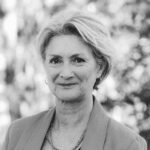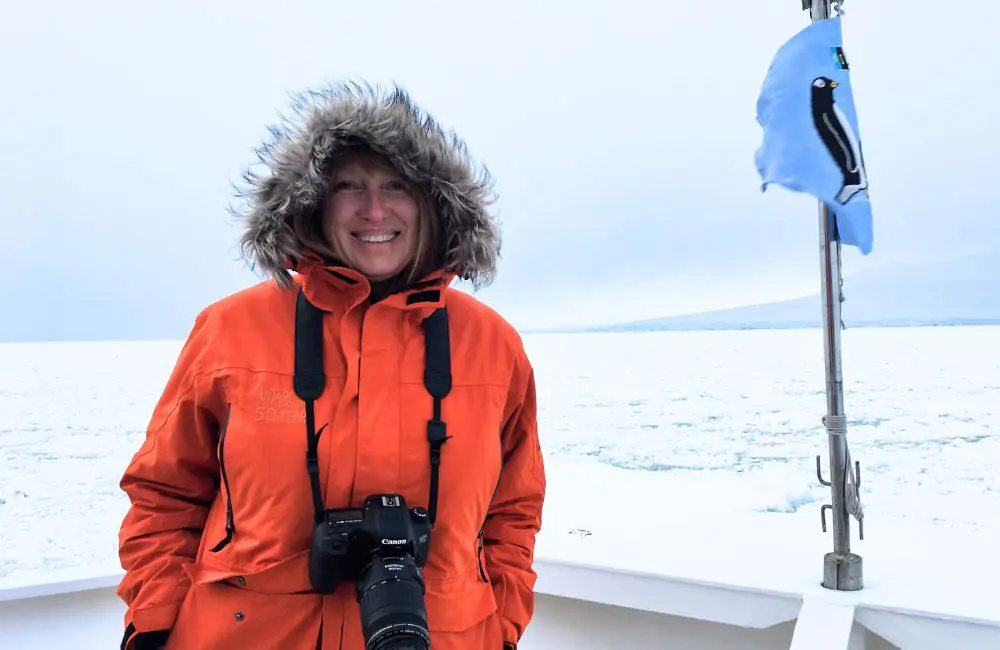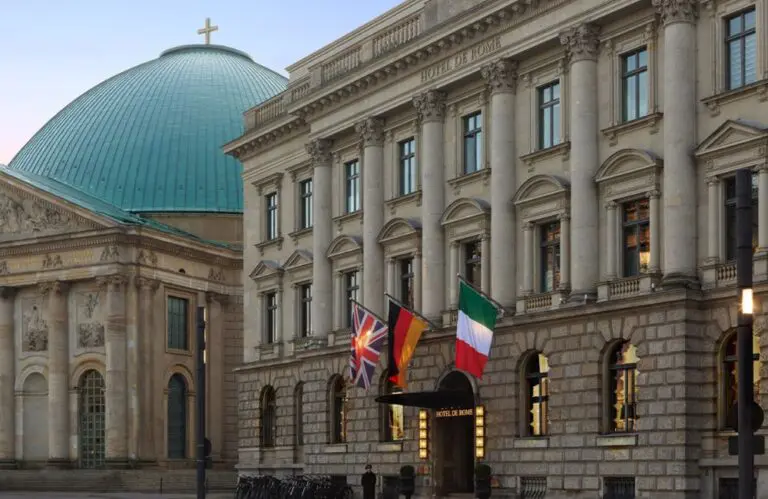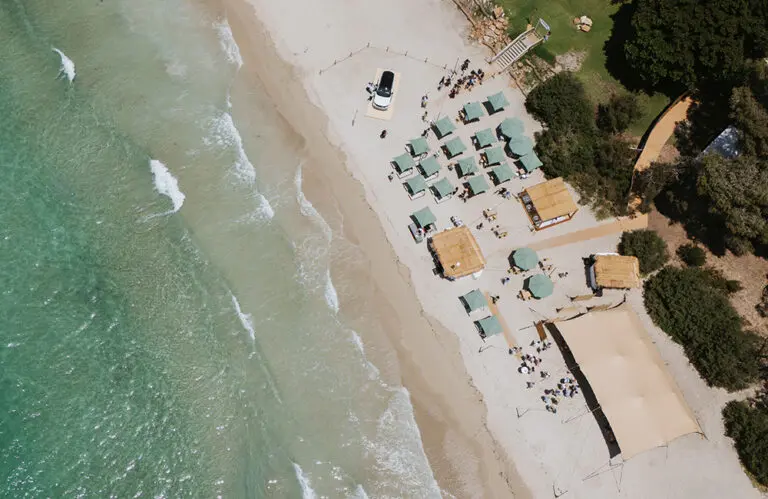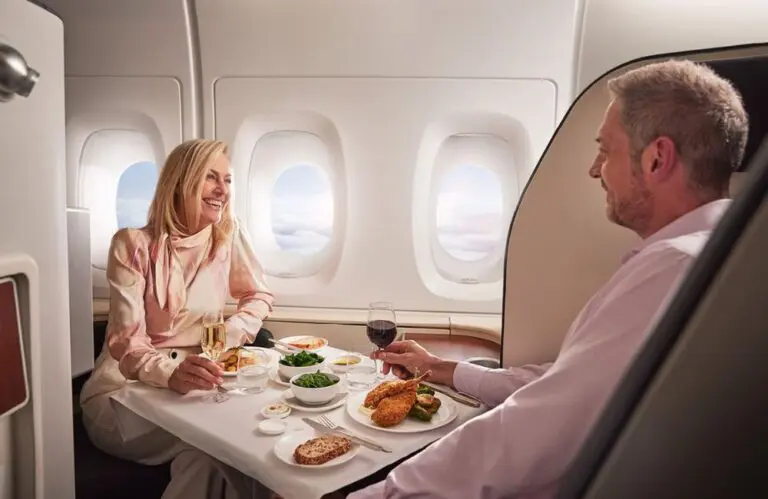Lesa Bain, Lindblad Expeditions’ VP Sales North America, sat down with Karryon to talk about the pioneering company’s upcoming 60th anniversary, doubling its Galapagos fleet, and its first river cruises in Europe.
Cruising Europe’s magnificent waterways has never been so popular, and Lindblad is one of several new players in the market.
Bain points out that Lindblad has offered river cruising for a long time, operating charter ships on the Nile, Mekong and Peruvian Amazon rivers, Scotland’s Caledonian Canal, and on the Columbia and Snake rivers in the US.
So why Europe, and why now?
“We have a lot of river experience, but it seems to have taken a quiet back seat to the more sexy, expeditionary style of cruising we are known for,” Bain explains.
“Our guests wanted to explore European rivers with us, but we had to find a new ship that lived up to the same standards we have for our other vessels.
“Then Transcend Cruises came along. Its approach to buying local, hiring local and sensitivity to the riverine environment aligned with our ethos. We have combined that with our river experience and our amazing relationship with National Geographic, which means we will have Nat Geo specialists and photographers onboard – on a beautiful new ship.”

As Karryon earlier reported, Lindblad has just christened the two new ships in its Galapagos fleet: National Geographic Delfina and National Geographic Gemini. They join National Geographic Endeavour II and National Geographic Island II.
“We had all four ships in one spot in the Galapagos for the naming ceremony,” Bain says.
“We now have the largest fleet in the area, operating year-round. And in 2027, we will be celebrating the 60th anniversary of Lindblad first taking guests there.”
Next year, National Geographic-Lindblad Expeditions will celebrate the world’s first “citizen explorers” expedition to Antarctica, which was led by Lars-Eric Lindblad in 1966.
“We will be sharing stories from past guests and advisors who have travelled with us over the years,” says Bain.
“It’s so important to acknowledge that Antarctica is still the wild, remarkable place that it was and that it still needs to be approached with great respect.”
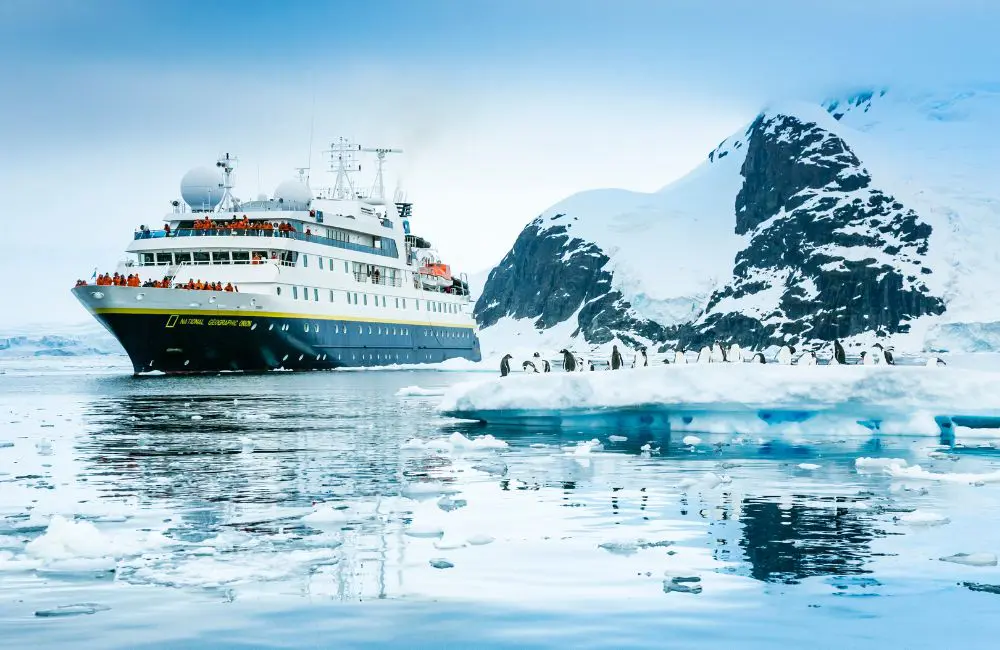
Places in the heart
Bain has lived, worked and travelled all over the world, and while she is based in the US (for now), she still calls Australia home.
She grew up in Muswellbrook in NSW, where her parents still live, but knew small-town life wasn’t for her. In her late teens, she headed to Sydney to work for a small marketing firm and then for advertising giant J. Walter Thompson.
A series of chance encounters led to working in PR in South Korea, where she met her husband, a US Marine.
“Going to the US was not part of my plan,” Bain says. “You can’t do PR and marketing when you move every two years with the Marine Corps.”
Bain’s husband was assigned to the Kimberley region, where Bain met Sarina Bratton and took on a role with Bratton’s luxury expedition company, Orion Expedition Cruising in the US as salesperson in North America.
“It was really an honour, helping educate Americans and Canadians about the Kimberley, which everyone thought was a diamond mine in South Africa,” she laughs. When Lindblad bought Orion, Bain followed the “very special” ship to the company.
“This is Lindblad’s 10th year working with Adventure World, and another reason I love coming back to Australia is because the agency community is so important to us. New Zealanders and Australians have that innate desire to explore; we are used to going far afield.”
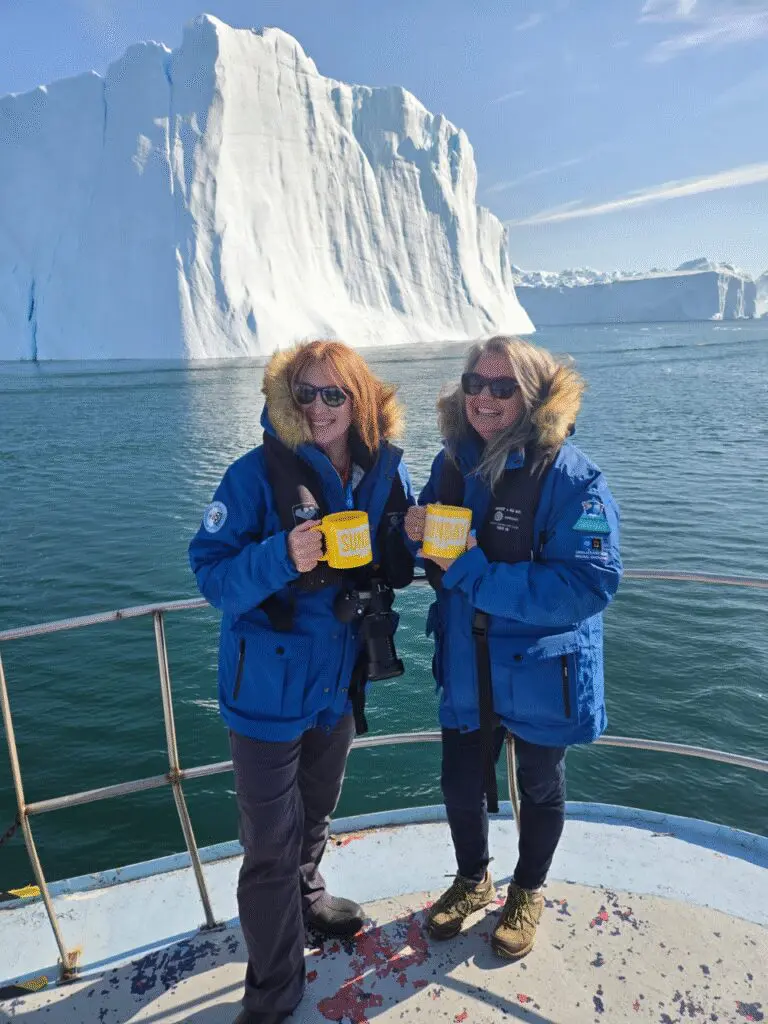
Antarctica’s enduring pull
During the 12 years Bain has been with Lindblad, she has taken 15 or 16 expedition cruises to Greenland, Galapagos, Alaska, the Kimberley, Europe, Baja California and to her other favourite place, Antarctica.
Bain is passionate about the White Continent and talks about the privilege of being one of the few people to follow in the footsteps of Ross and Shackleton.
“All those remarkable people who headed out of the Beagle Channel had absolutely no idea what would be at the other end of the voyage. Whereas we’re doing it in a state-of-the-art, luxurious ship that provides great food, great wine and great service.
“Antarctica is so hard to explain, particularly to people who can’t see beyond crossing the Drake Passage. But the ships are built for the environment, and the captains are highly skilled and experienced.
“Then there’s the excitement of seeing your first berg, first penguins, first seals, the vast mountain ranges framed by glaciers – that sense of excitement and anticipation never stops.
“And to come back and be a witness and a protector of that place is incredibly special. The people who travel with us take that seriously. Antarctica stays in your soul. If I could go every year, I would go every year. And if I could convince every person to sail across the Drake, I would.”
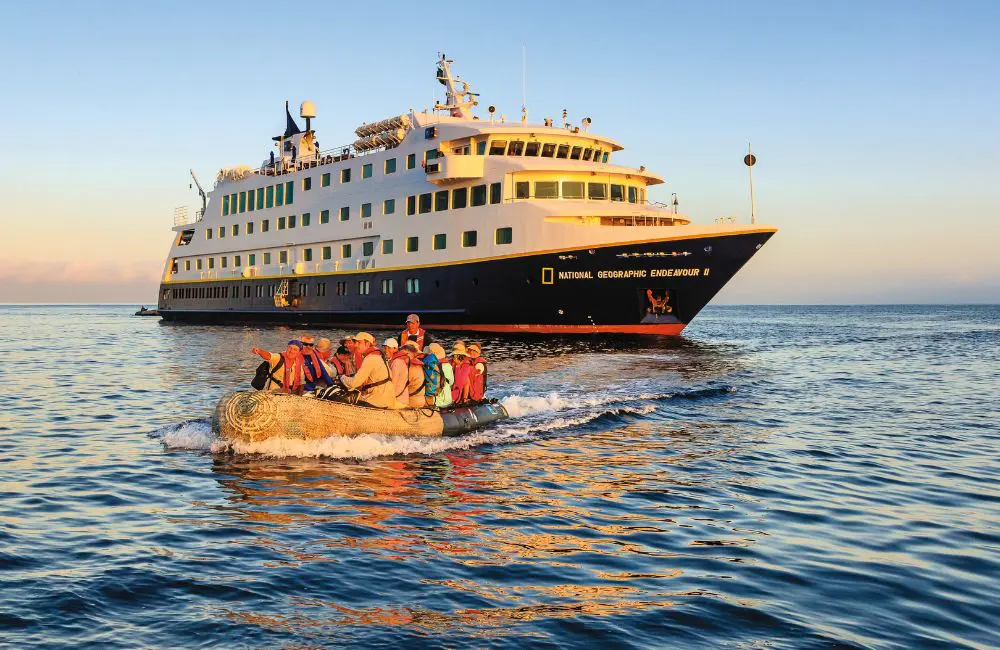
Travel as a force for good
Bain is equally passionate about making a difference.
“I hate it when people say, ‘You’ve got to go somewhere before it’s gone’. That is so defeatist. You’ve got to go so that you are part of the change to make sure it doesn’t go.”
She cites the restoration of the Galapagos from the 1960s, when the islands were overrun by wild dogs, donkeys, pigs and goats, to Ecuador’s first national park, where endemic species now flourish, as a case in point.
“It is a beautiful example of how we as humans can reverse the damage we’ve done,” she says.
“I often say to my kids, I go to work every day and I’m not a scientist or a politician, but I know that by getting people on our ships who have the money and make a positive impact on the places they go, I’m doing my bit.
“That’s why I do what I do, because I know that the people who travel with us can change the world. And they do – Lindblad Expeditions’ Lex NG fund has raised nearly US$25 million since 2008, which has gone back into local communities, science projects and initiatives that support change.”
For more information, visit Lindblad Expeditions


